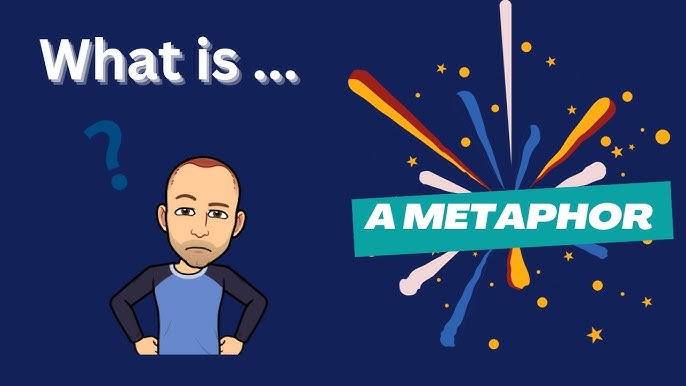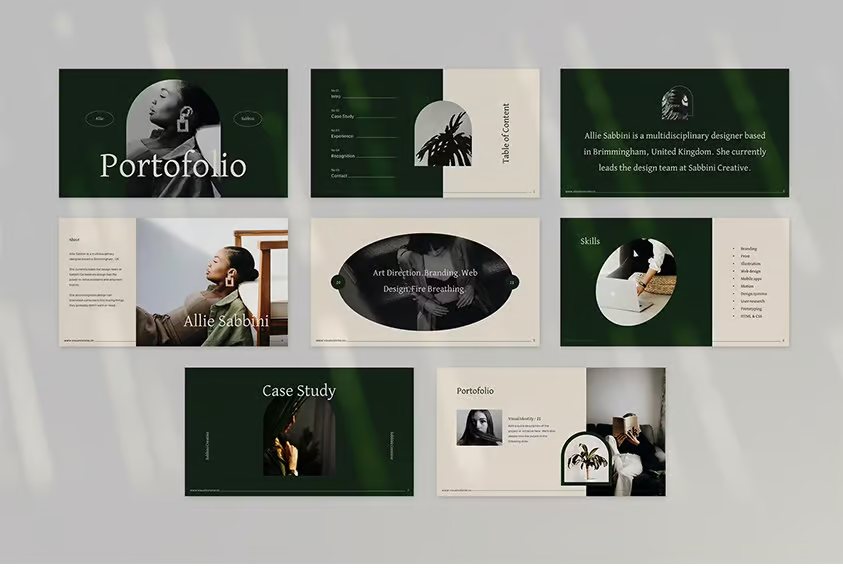Metaphors are more than just a literary device—they’re a way of seeing and understanding the world around us. From poetry to everyday conversation, metaphors enrich our language by drawing creative parallels between seemingly unrelated things. In this blog, we’ll delve into what is a metaphor, how it functions, and explore 5 examples of metaphor to illustrate its power and versatility.
What Is a Metaphor?
At its core, a metaphor is a figure of speech that involves an implicit comparison between two different things. Unlike a simile, which uses “like” or “as” to make comparisons, a metaphor directly equates one thing with another, creating a deeper meaning or highlighting a particular quality.
Definition of a Metaphor
A metaphor is a rhetorical device where a word or phrase is applied to an object or action to which it is not literally applicable, in order to suggest a resemblance or convey a particular quality. By using metaphors, writers and speakers can express complex ideas and emotions more vividly and effectively.
Key Characteristics of Metaphors
- Implied Comparison: Unlike similes, metaphors do not use “like” or “as” for comparison.
- Creative Expression: They offer a creative way to describe something in a more imaginative manner.
- Enhanced Understanding: Metaphors can make complex or abstract concepts easier to understand.
Why Are Metaphors Important?
Metaphors play a crucial role in communication for several reasons:
- Clarity and Insight: They can provide clarity and insight into abstract or complex ideas by relating them to familiar concepts.
- Emotional Impact: Metaphors can evoke emotions and create vivid imagery, making language more engaging and impactful.
- Creative Expression: They allow for creative expression, helping to convey ideas in a more imaginative and memorable way.
5 Examples of Metaphor
To better understand what is a metaphor, let’s look at some examples that illustrate how metaphors work in different contexts:
1. Time Is a Thief
“Time is a thief.” This metaphor likens time to a thief, conveying that just as a thief steals physical items, time steals away moments from our lives. This metaphor helps convey the idea that time moves quickly and can deprive us of experiences.
2. He Has a Heart of Stone
“He has a heart of stone.” In this metaphor, comparing someone’s heart to stone suggests that the person is emotionally cold and lacks compassion. This metaphor enhances the description of the person’s emotional state in a powerful and relatable way.
3. The World Is a Stage
“The world is a stage.” This famous metaphor by Shakespeare suggests that life is like a theatrical performance, where people play various roles throughout their lives. It highlights the performative aspects of human behavior and the roles people take on in different situations.
4. Her Voice Is Music to My Ears
“Her voice is music to my ears.” In this metaphor, her voice is compared to music, indicating that it is pleasing and enjoyable. This metaphor expresses admiration and affection for the sound of her voice in a more evocative manner.
5. The Storm Was a Fury
“The storm was a fury.” This metaphor compares the storm to a fury, suggesting it was violent and uncontrollable. It conveys the intensity and ferocity of the storm more vividly than a literal description.
How to Use Metaphors Effectively
Using metaphors effectively involves a few key practices:
1. Know Your Audience
Understand your audience’s familiarity with the metaphorical references you use. Metaphors should resonate with your audience and be easily understood within the context.
2. Be Clear and Relevant
Ensure that your metaphors are clear and relevant to the topic. They should enhance understanding rather than confuse the reader or listener.
3. Avoid Overuse
While metaphors are powerful, overusing them can dilute their impact. Use them sparingly and strategically to maintain their effectiveness.
FAQs
Q: How does a metaphor differ from a simile?
A: The main difference is that a metaphor directly compares one thing to another without using “like” or “as,” whereas a simile uses “like” or “as” to make comparisons. For example, “Her smile is like sunshine” (simile) vs. “Her smile is sunshine” (metaphor).
Q: Can metaphors be used in everyday language?
A: Yes, metaphors are commonly used in everyday language. Phrases like “a storm of emotions” or “a bright future” are metaphors that help convey abstract ideas more concretely.
Q: How can metaphors enhance writing?
A: Metaphors enhance writing by adding depth, creating vivid imagery, and evoking emotions. They can make complex ideas more relatable and memorable for readers.
Q: Are there any common mistakes to avoid when using metaphors?
A: Common mistakes include overcomplicating metaphors, using mixed metaphors, or using clichés that may not resonate with the audience. It’s important to ensure that metaphors are clear and effectively support the message.
Q: How can I come up with my own metaphors?
A: To create your own metaphors, think about the qualities or characteristics of the thing you want to describe. Try to find a comparison that captures these qualities in a fresh and imaginative way.
Conclusion
Understanding what is a metaphor and how to use them effectively can greatly enhance your writing and communication skills. Metaphors add color, depth, and creativity to language, making abstract concepts more tangible and engaging. By exploring 5 examples of metaphor and practicing their use, you can enrich your own writing and express ideas in more vivid and impactful ways.







